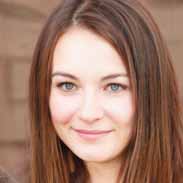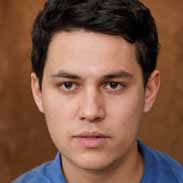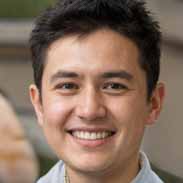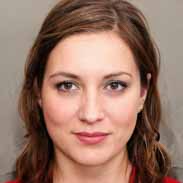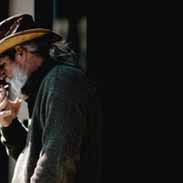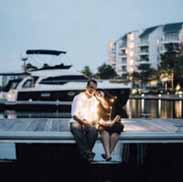Composers Flashcards, test questions and answers
Discover flashcards, test exam answers, and assignments to help you learn more about Composers and other subjects. Don’t miss the chance to use them for more effective college education. Use our database of questions and answers on Composers and get quick solutions for your test.
What is Composers?
Throughout history, composers have been a vital part of the music industry. From classical to modern-day musicals, their creative minds and melodic compositions bring life to the sounds we all love to hear. Whether it’s for an opera or a film score, a composer is often at the forefront of creating something special. From Wolfgang Amadeus Mozart to John Williams, some of the most influential composers in history have left behind works that will never be forgotten. Mozart was one of the most prolific composers ever known and his works are still revered today as some of the greatest musical pieces ever written. By using various instruments such as pianos, violins and flutes in combination with complex harmonies, he created timeless masterpieces like The Marriage Of Figaro and Eine Kleine Nachtmusik that are still performed today. John Williams is another standout composer who has made lasting contributions to popular culture through his work on films such as Star Wars and Jaws. His ability to write grandiose orchestrations helped him become one of Hollywood’s top go-to guys for scoring films over five decades ago, allowing generations of moviegoers around the world feel fully immersed in each story told on screen. These two iconic creators are just two examples out of many more throughout time that make up an incredible body of work from talented musicians all over the world. Their melodies continue to inspire new generations every day and reaffirm why music matters so much in our lives no matter where we come from or what language we speak it brings people together unlike anything else can do.

